Health insurance is perhaps one of the most complex types of policies in the marketplace today. There are numerous considerations to be made, from choosing your deductible to selecting the right network.
The 5-Step Checklist
So where do you start? We’ve put together a 5 step checklist to help you navigate the process of choosing a health insurance plan that meets your needs and budget.
 Step 1 – Where to Buy
Step 1 – Where to Buy
If you do not have the option to obtain health insurance through an employer, there are two ways to obtain coverage. First is through the general marketplace. Here you will have the most options available to you but be aware the benefits and options will vary widely. Second, you can obtain coverage through an exchange where plans are more standardized and insureds may be eligible for a tax subsidy.
Step 2 – What Type of Plan
Generally speaking, there are four types of health insurance plans available: PPOs, HMOs, EPOs, and POS. Each has their own benefits and restrictions. The three main differences involve network restrictions, referral requirements, and overall cost.
- PPO (Preferred Provider Organization): Typically, the most expensive option where you can see almost any doctor without a referral, although those in network will be less expensive,
- HMO (Health Maintenance Organization): Lower priced than PPOs, you must stay in network except for emergencies and obtain a referral to see a specialist.
- EPO (Exclusive Provider Organization): Also a lower cost option, these plans are similar to HMOs but a referral is not required to see a specialist.
- POS (Point of Service): Similar to PPOs, you can see any doctor with out-of-network physicians costing more. But with a POS plan, you are assigned a primary care doctor who coordinates your care including providing referrals to specialists.
Step 3 – Review Networks
Make a list of your family’s doctors who you may see during the term of your insurance policy. Visit the network website of each insurance company and check to make sure they are in your network. For HMOs and EPOs, you will have no coverage out-of-network physicians except in an emergency. For PPOs and EOS, you will pay more for out-of-network providers.
Step 4 – Review Expected Needs
Determine what doctor’s visits, medications, and other services your family will require. Compare this to the plans you are considering deciding which provides the optimal financial benefit. Plans that will pay for most of your expected medical costs will likely pay for themselves.
Step 5 – Determine Risk Tolerance
The final step is determining how much financial risk you and your family are willing to take on. You can purchase plans with $0 deductibles; however, you will pay a substantial amount of premium which you cannot recoup if you do not have unexpected medical expenses. On the other hand, you may consider high deductible and coinsurance plans where you will be responsible for a larger chunk of incurred medical expenses. How you define your acceptance of financial risk, coupled with your monthly budget, will help you choose which deductible and coinsurance options make the most sense.
Let Us Help You Throughout the Process
Selecting the right health insurance plan is not an exact science. After all, insurance is designed to protect you from the unexpected. However, there are methods available to assist in determining the best plan fit. If you ever need assistance, reach out to me. As a professional, licensed insurance agent, I can help you narrow down your options.






